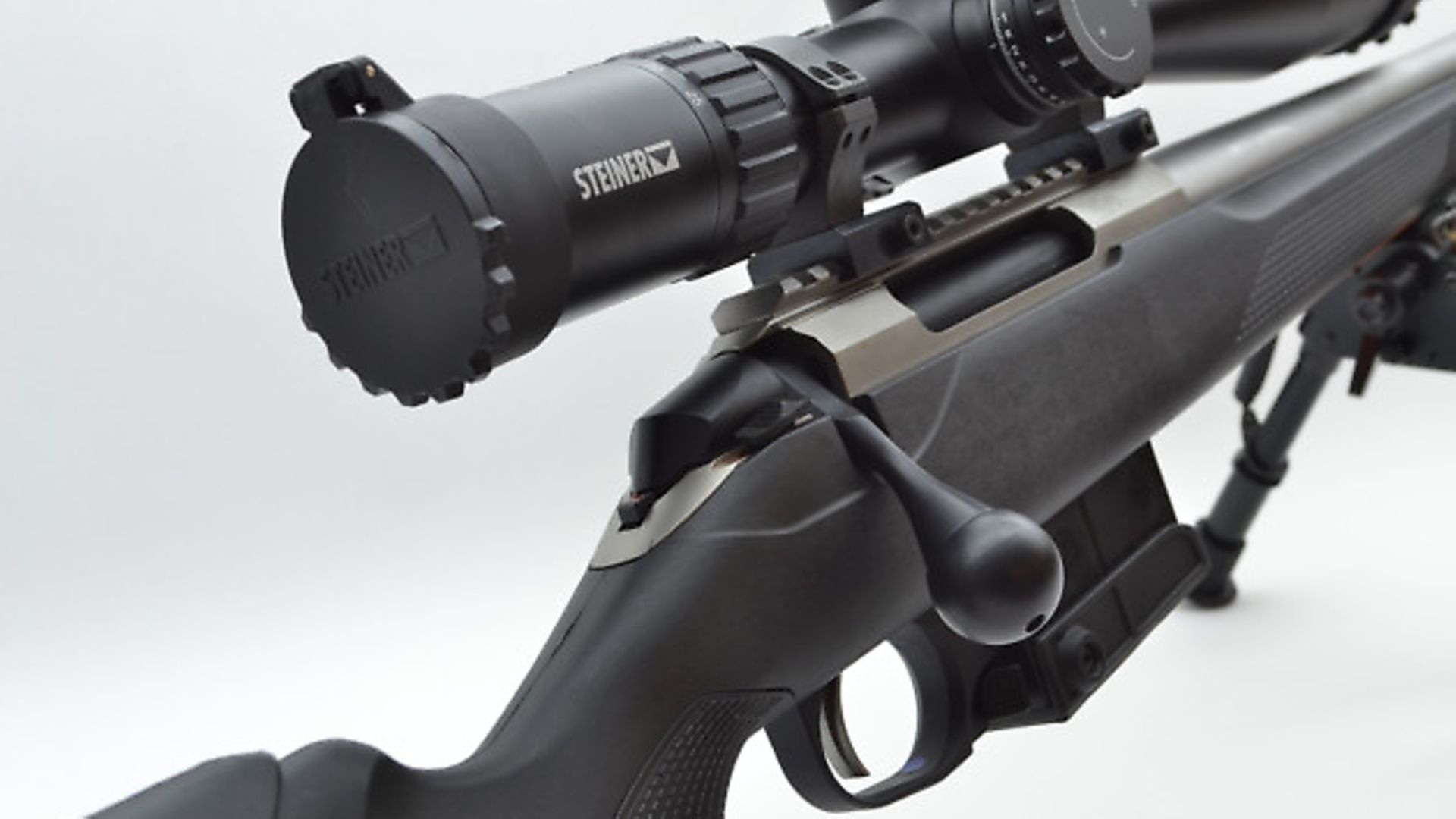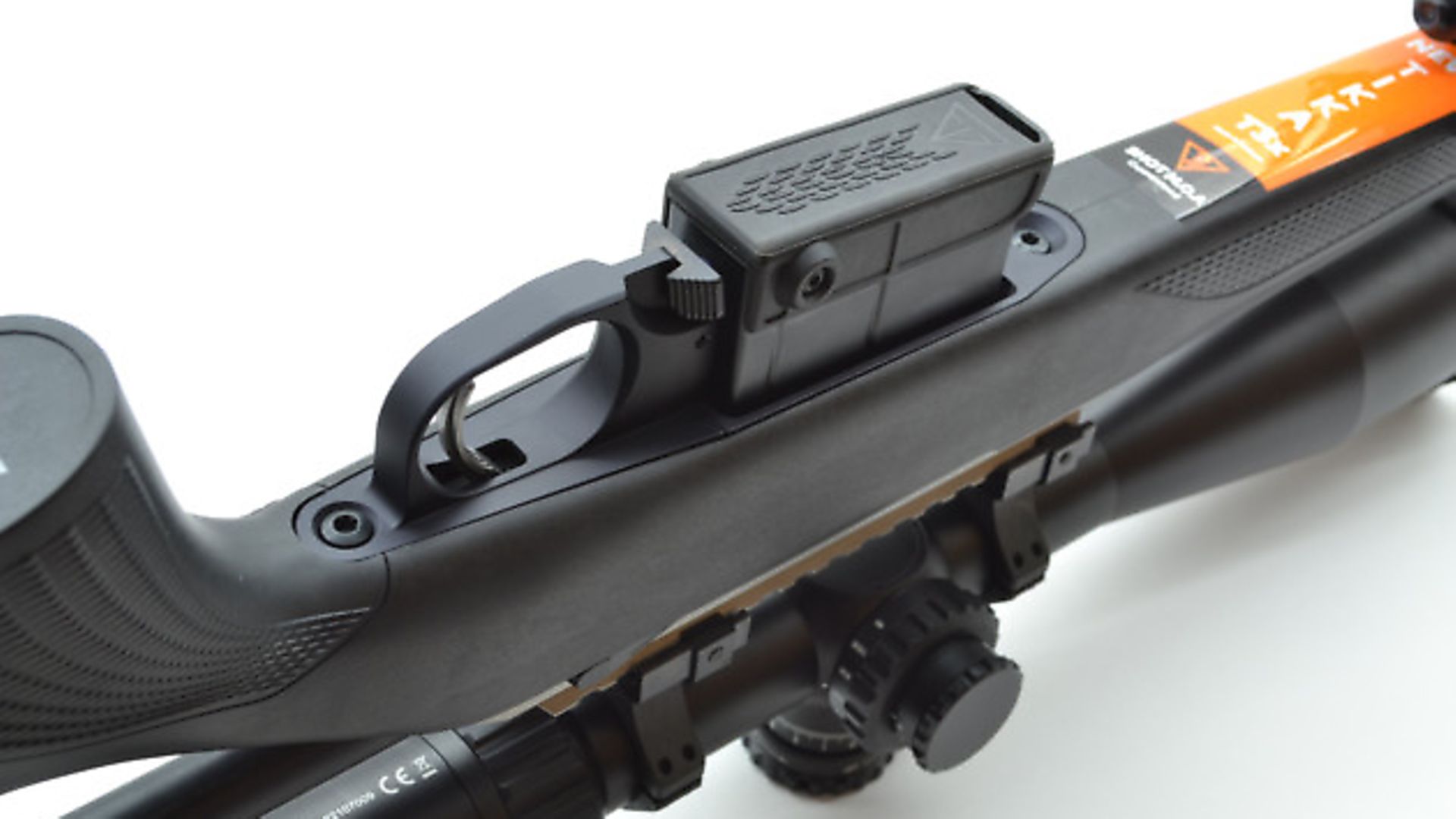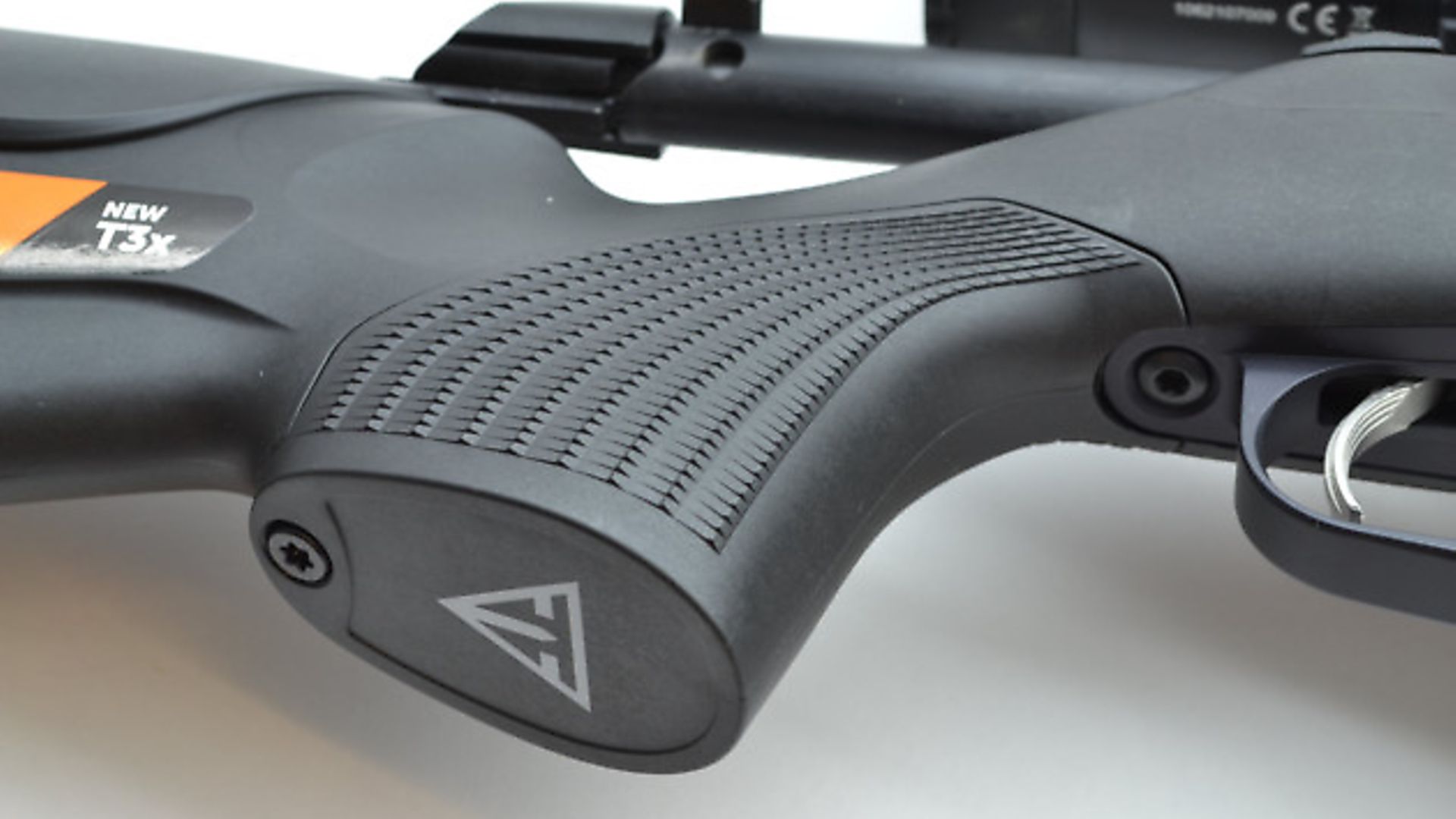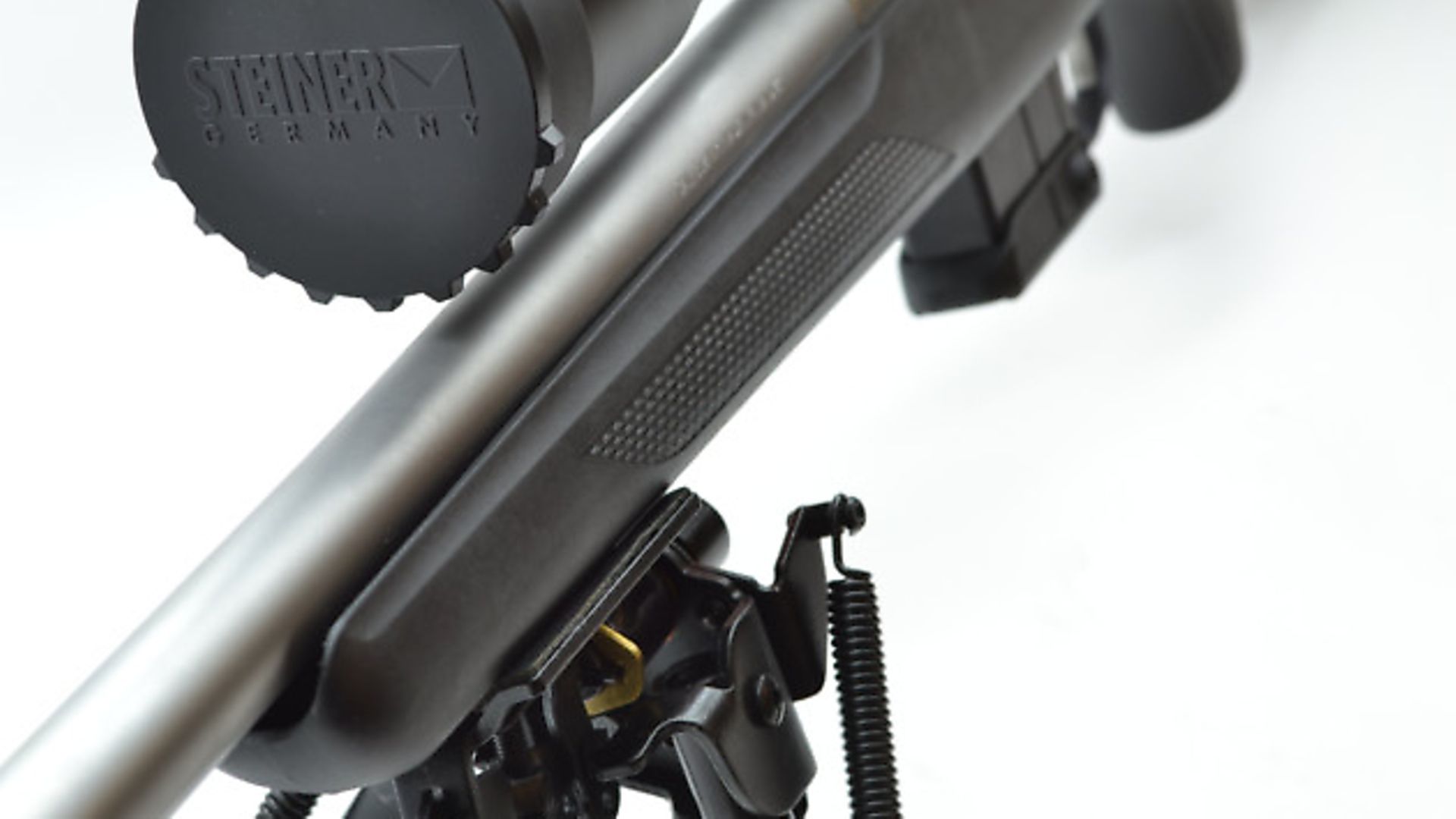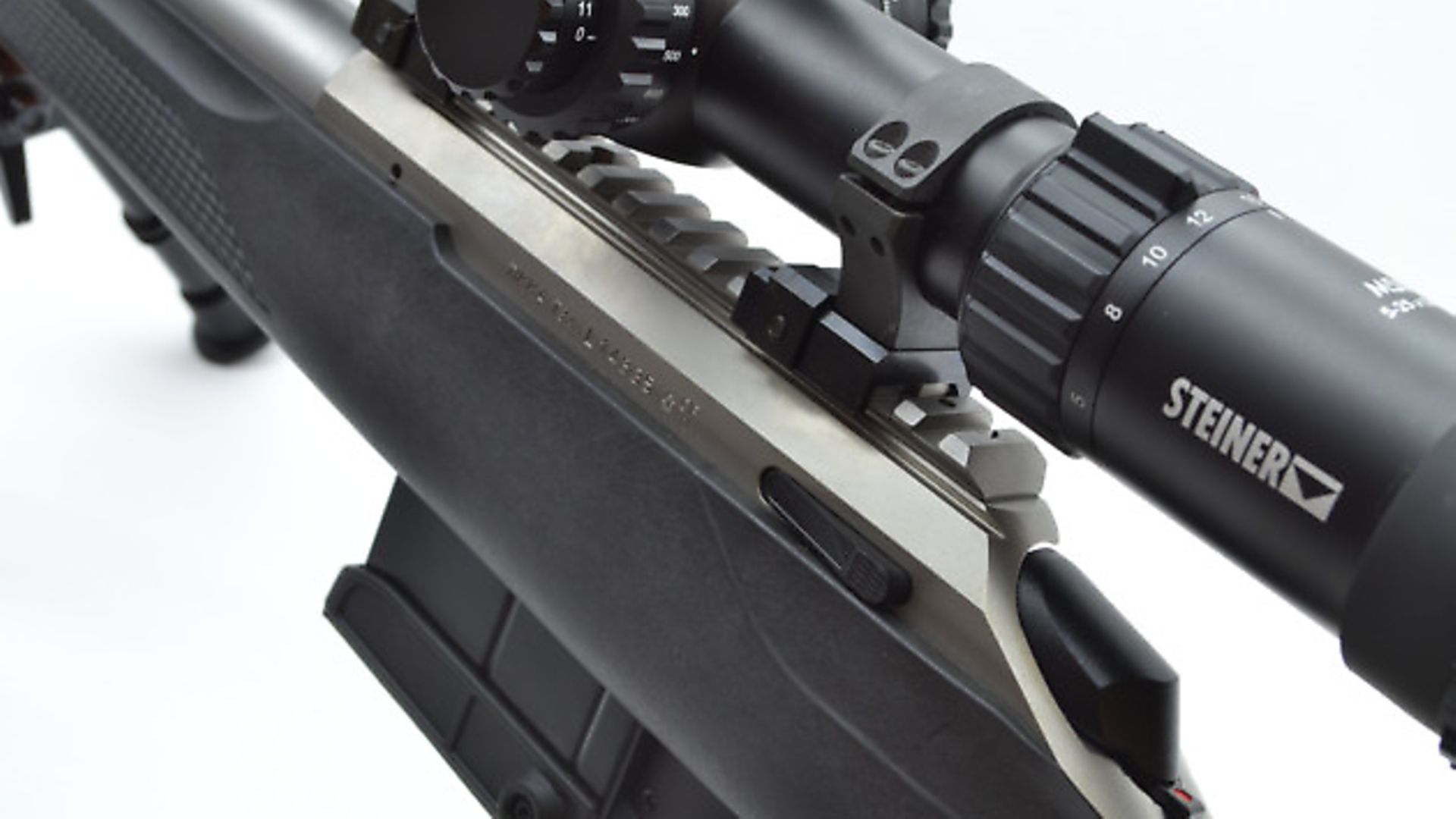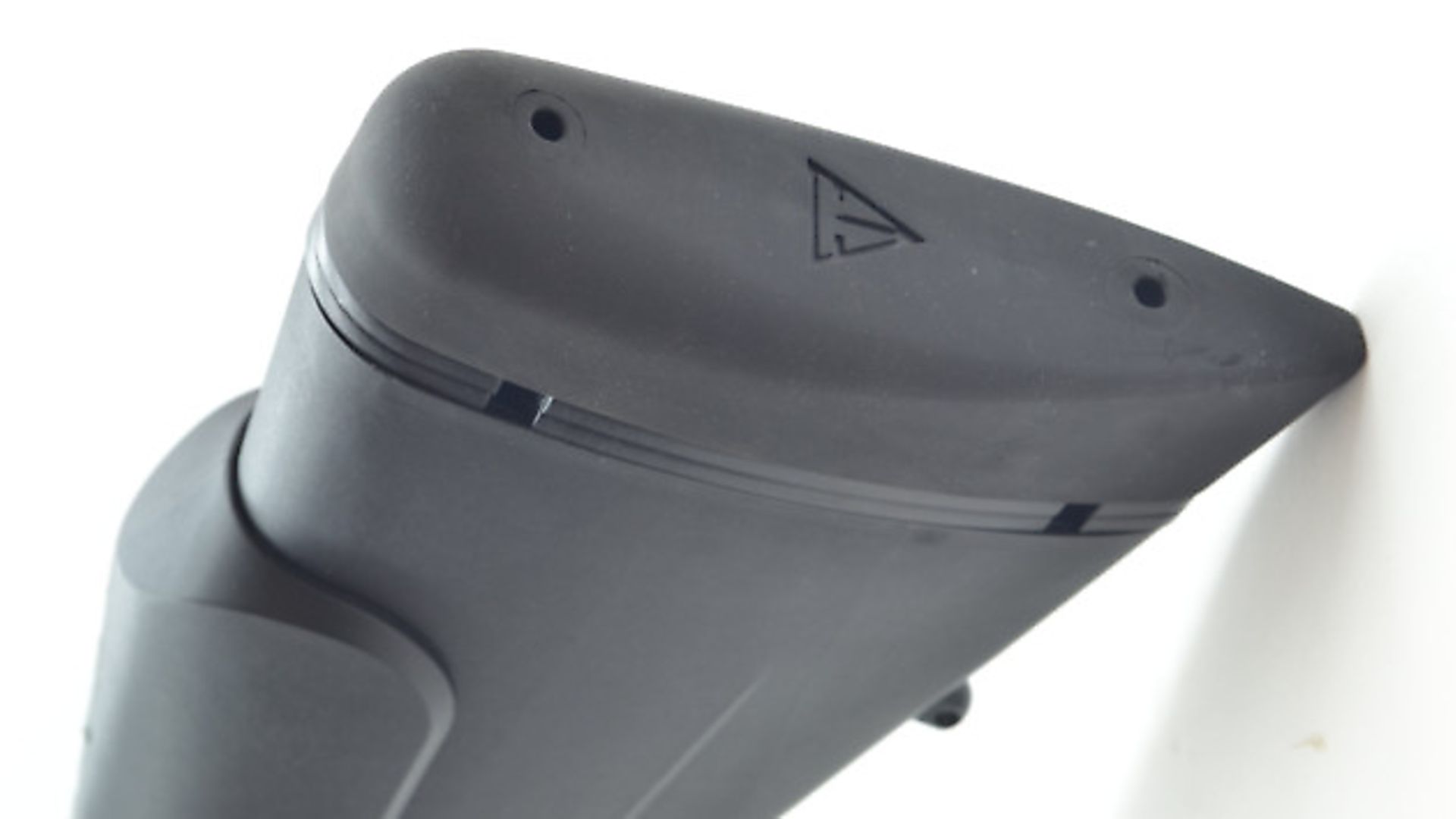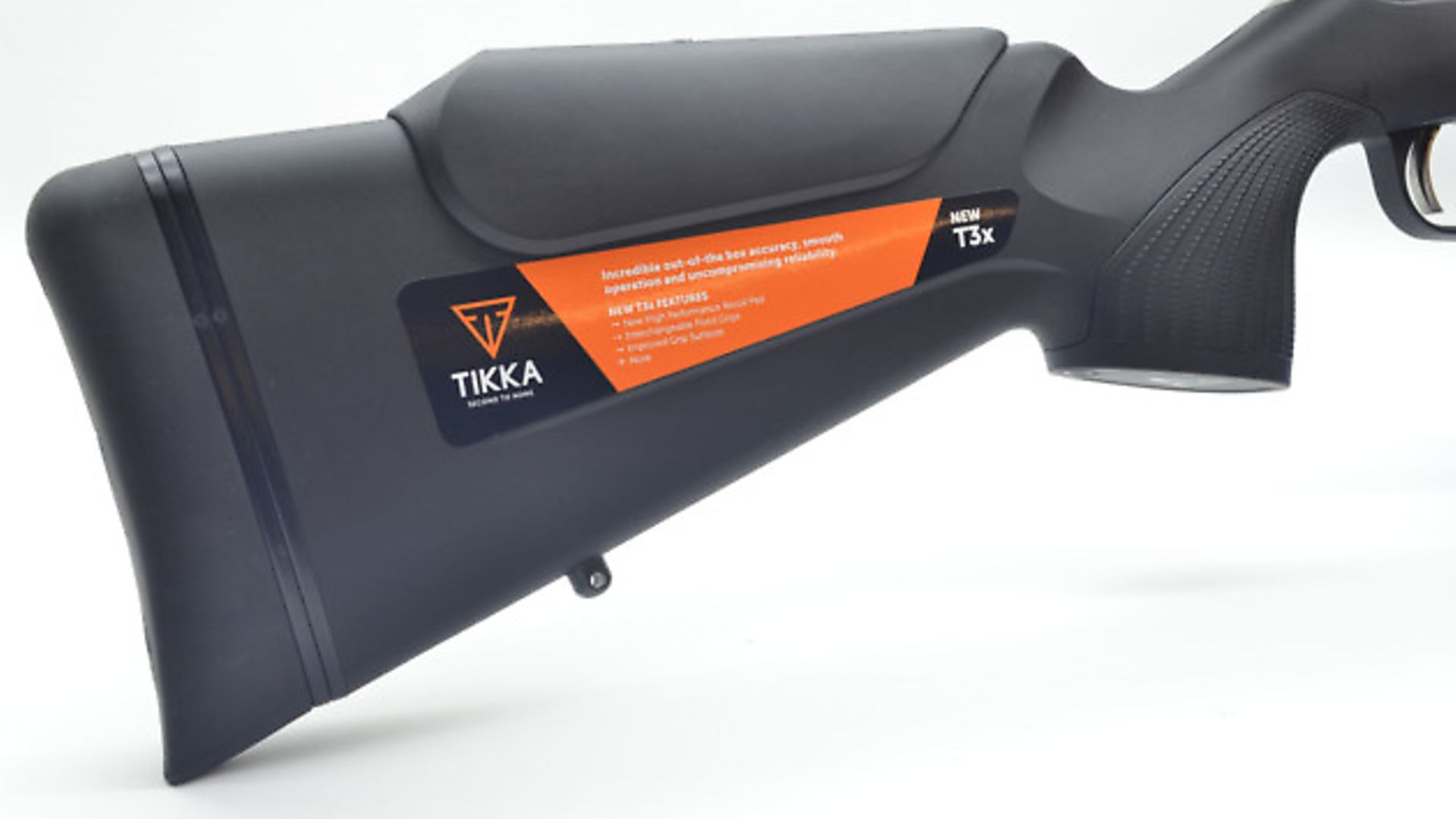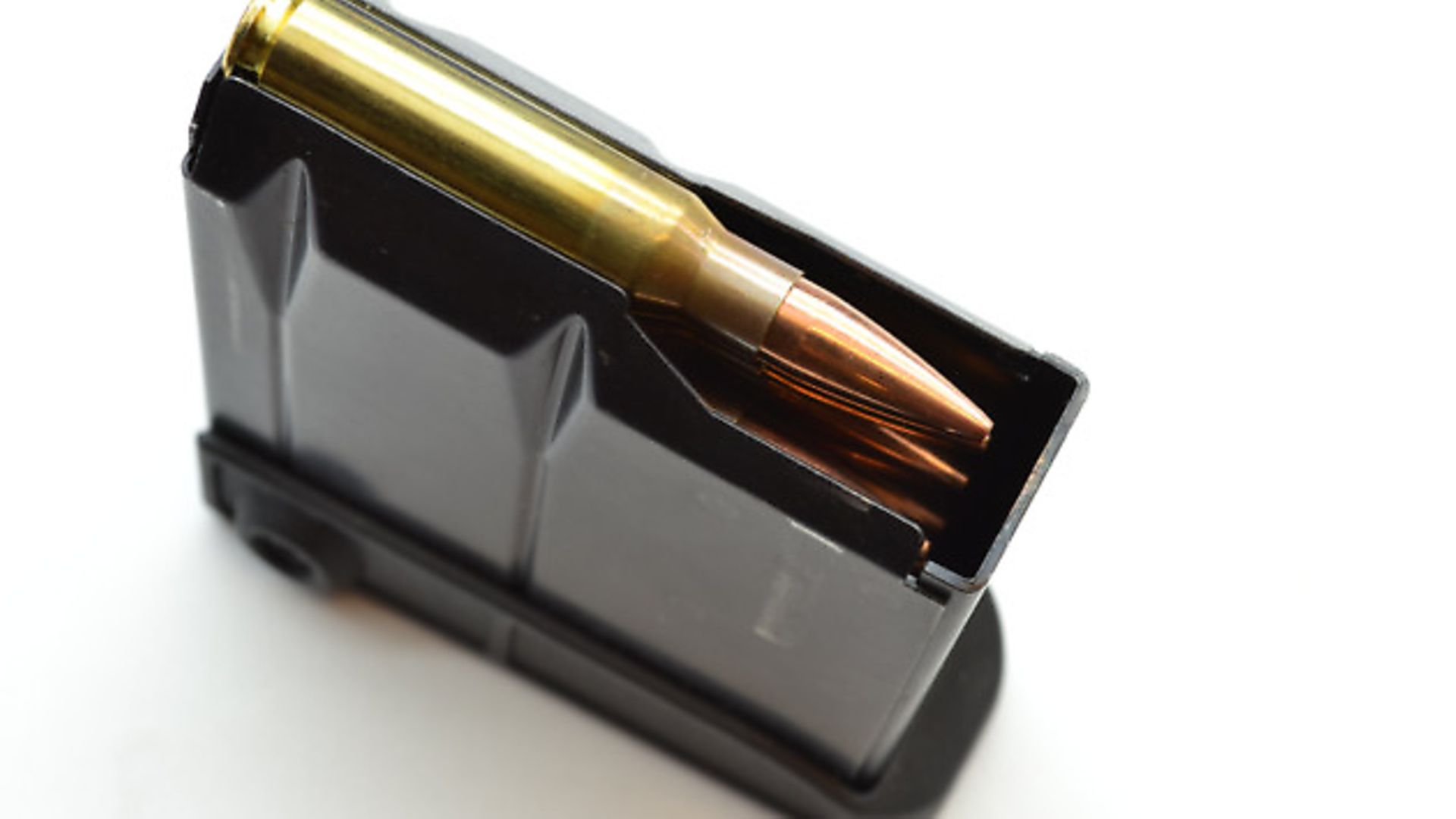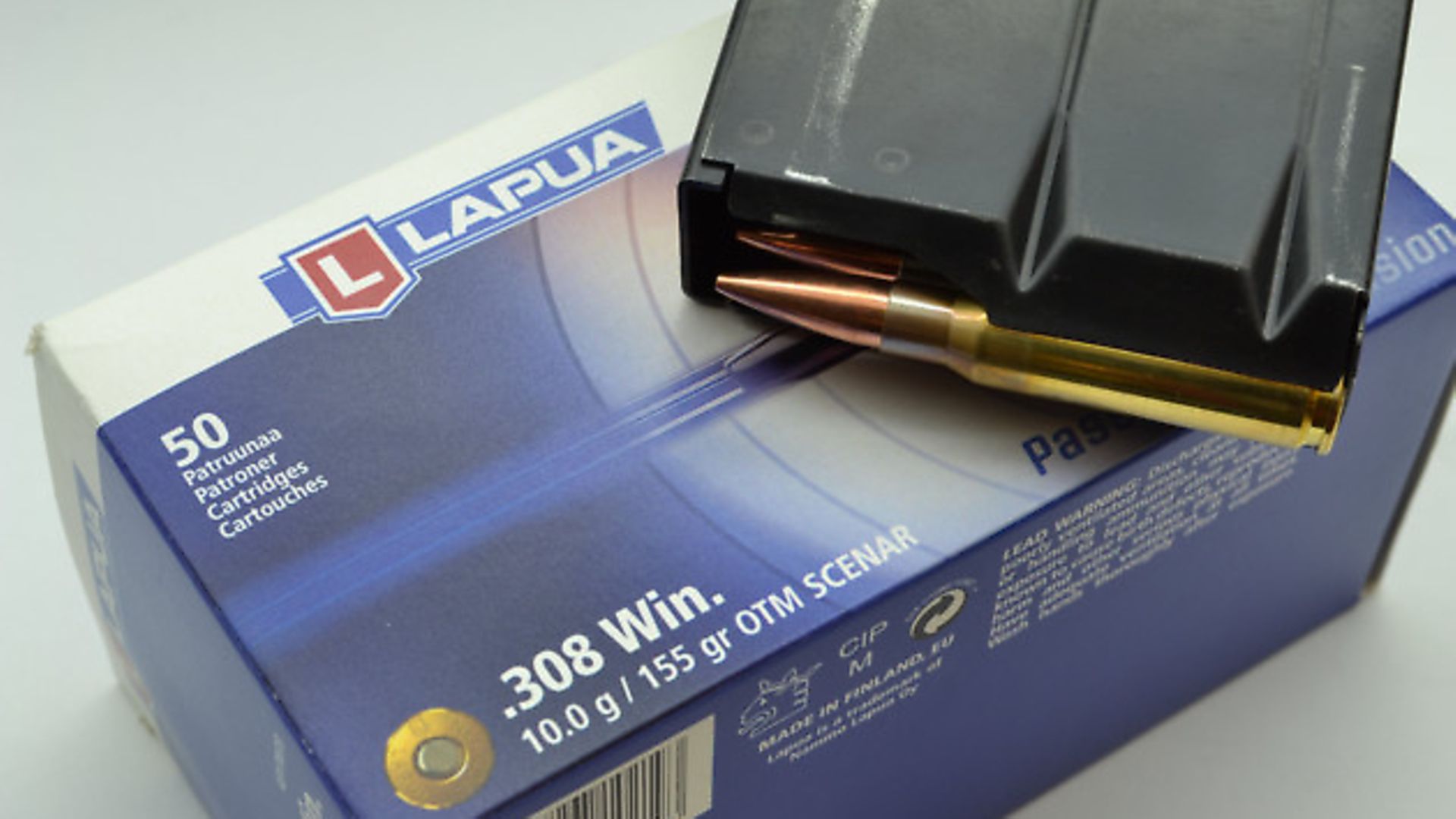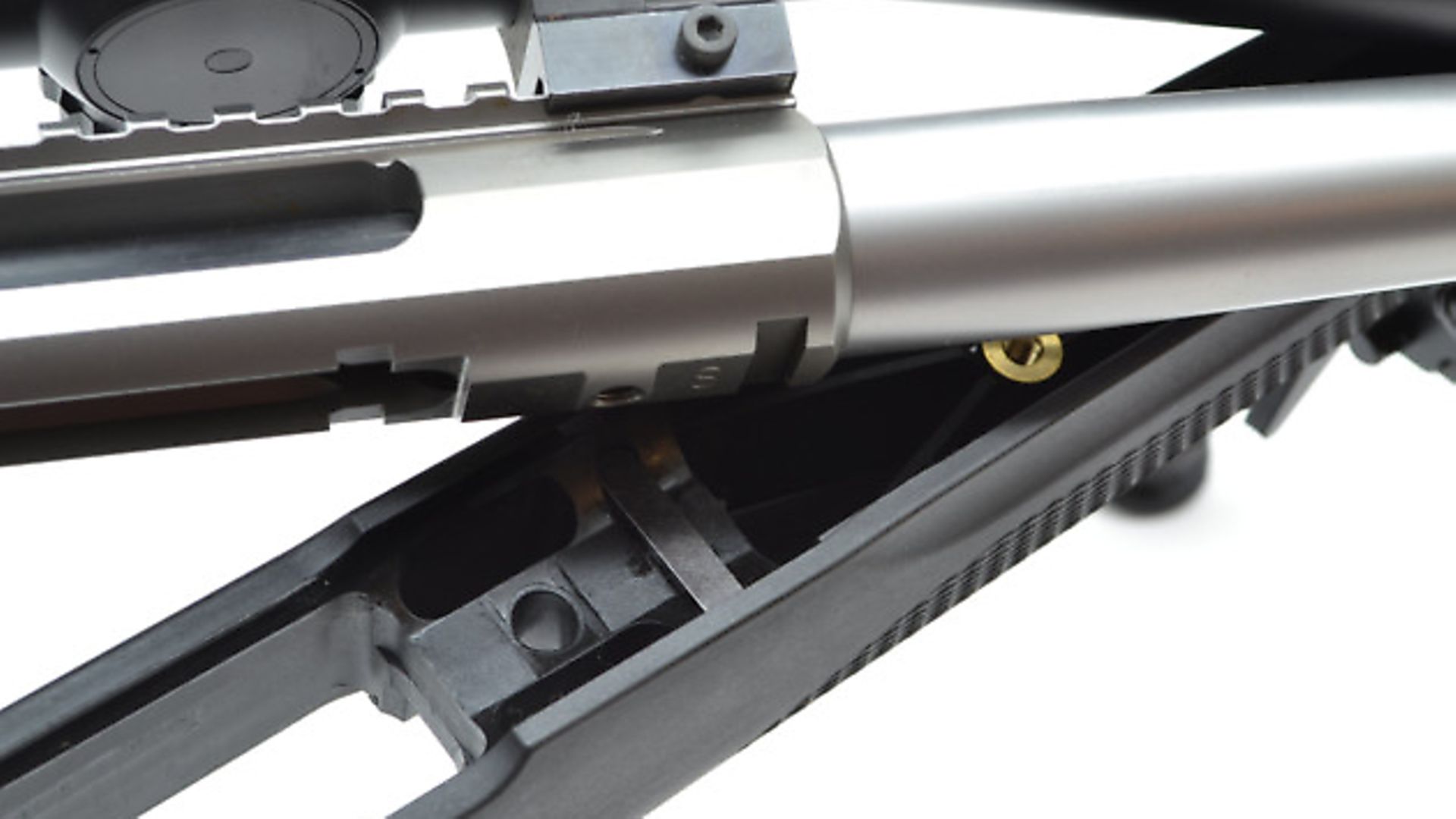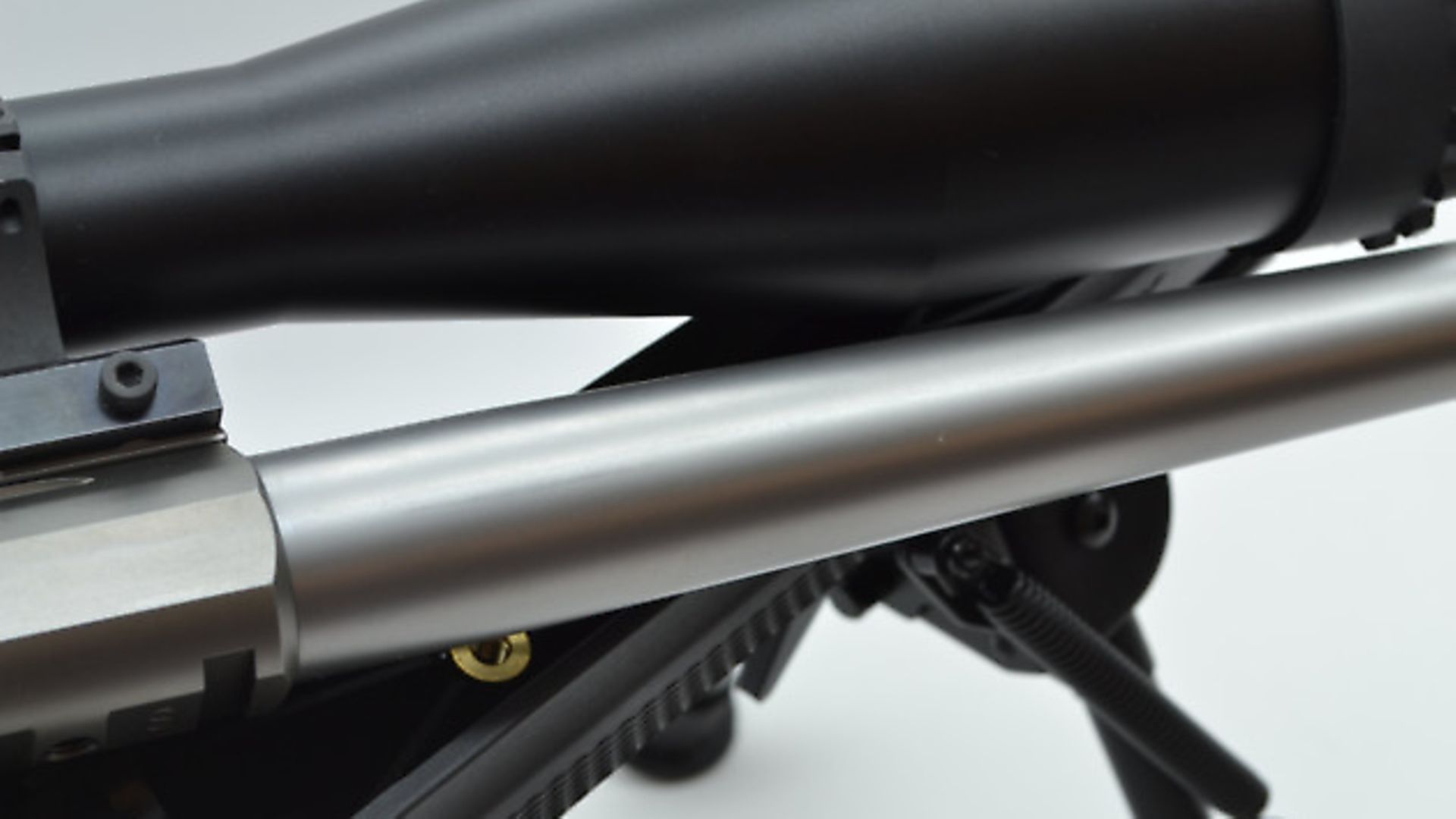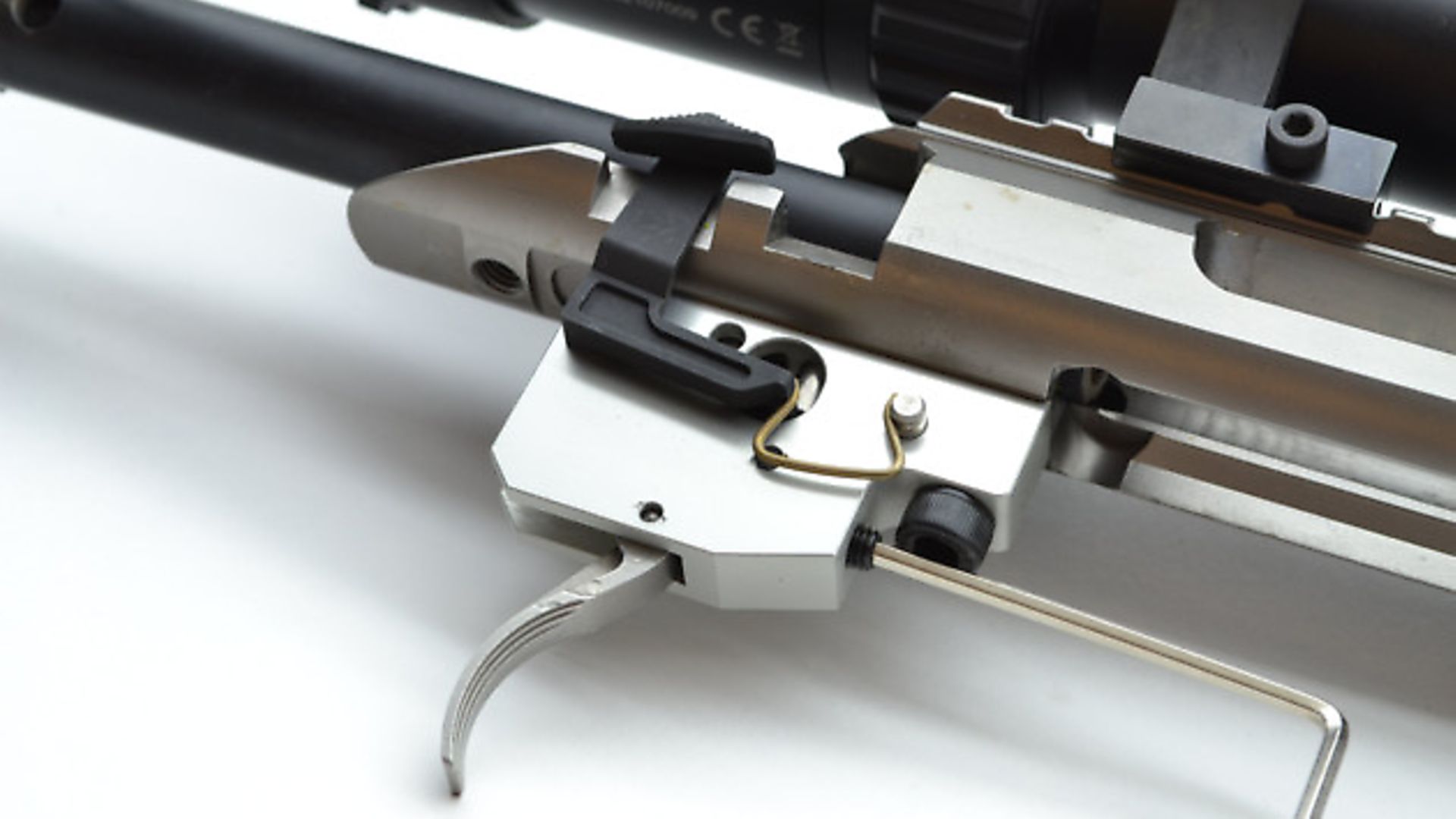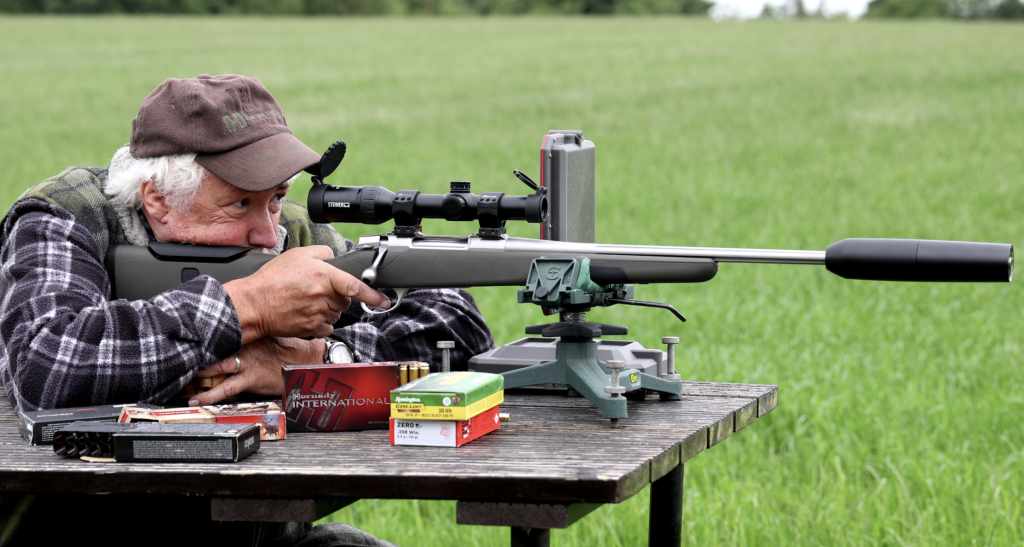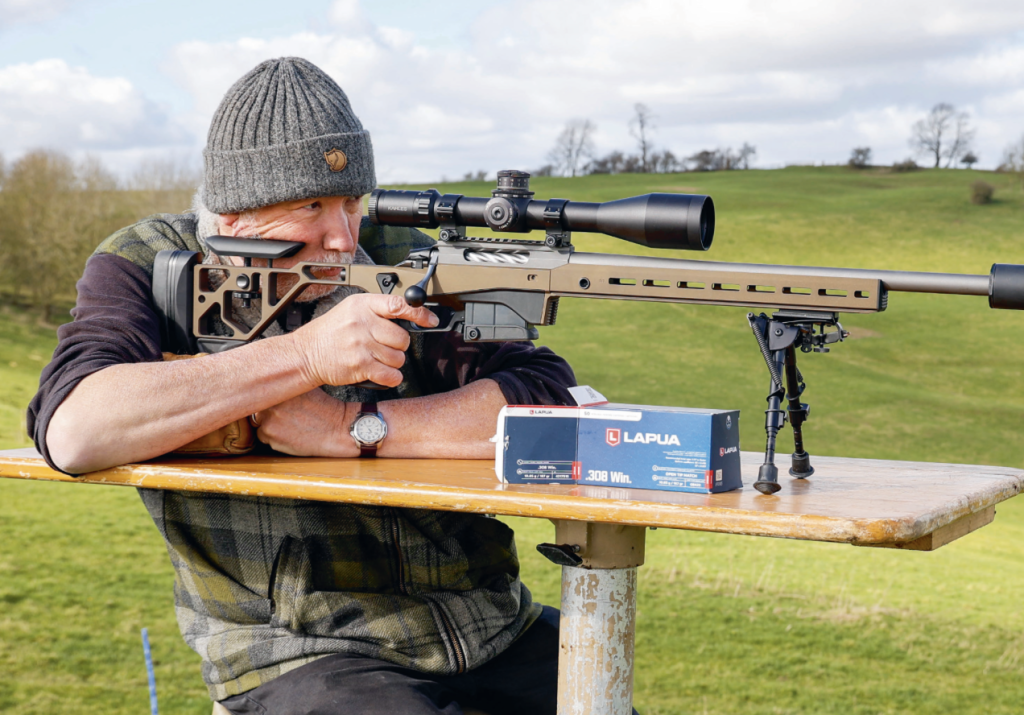Tikka T3x CTR in .308 Winchester – in depth rifle review
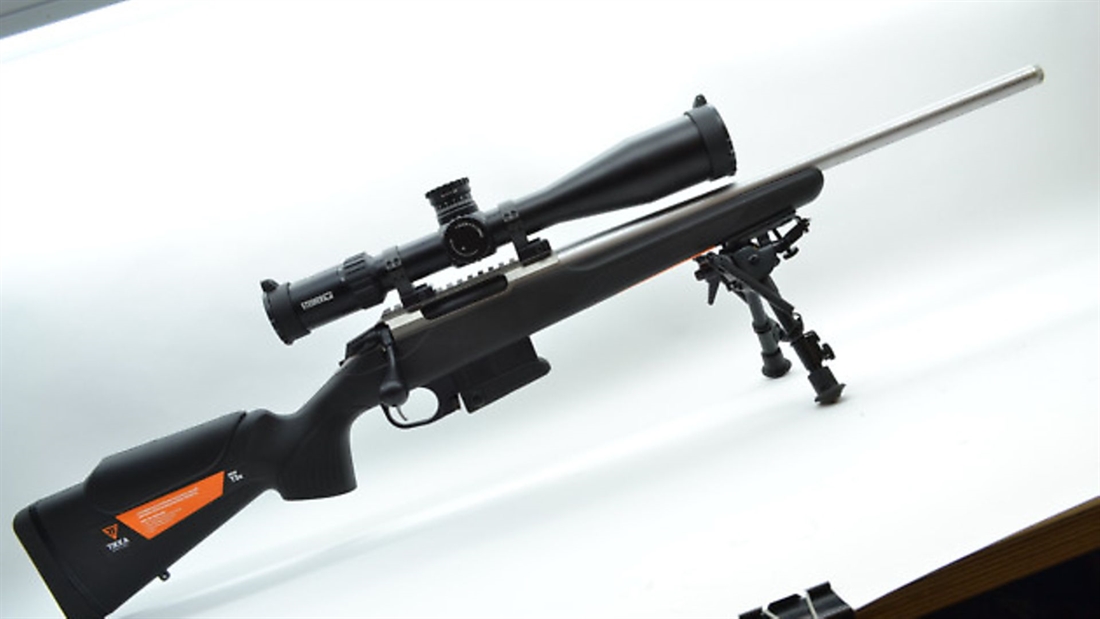
Chris Parkin tests the new T3x, a gun that presents a great base for customisation thanks to the longevity of its slick action
Likes:
Simple solid and slick action that will last a lifetime
A starting point to precision rifle shooting and worth customising further
Picatinny rail scope mounting
260 option is great calibre
Dislikes:
Perhaps a little too light and flighty with the short barrel and no moderator
I think a longer barrelled option would be preferable, especially in 260
6.5 Creedmoor option would have made more sense for factory ammunition shooters
Larger forend required to fill the hand
Verdict:
Another excellent rifle from Tikka but I still think small specification changes would have improved it even more.
Specifications:
Model: Tikka T3X CTR in 308 Winchester
Overall Length: 1,020mm/40”
Weight: 3.4kg/7.5lbs
Barrel length: 510mm/20” 1 in 11” twist rate
Magazine capacity: Detachable, 10+1
Trigger: Single stage, adjustable from 500gr to 2,000+ (factory set to break at 1,700gr/60oz)
Stock: Short Fibre Reinforced Polypropylene Synthetic, two sling studs (swivels included)
Screwcut: 6×1 mm
Accessories: Alternate grip and forend profiles available aftermarket
Price: £1,300
Contacts: GMK
Also used:
Lapua 155gr Scenar ammunition, Viking Arms
Ramshot Powders, Sierra Bullets and PPU ammunition, Henry Krank & Co
Lapua, Vihtavouri Powders, CCI Primers, Hannams Reloading
After seeing the Lite sporting version of Tikka’s updated T3x series, it was only a matter of time before the heavy-barrelled varmint and tactical version arrived. The CTR, or compact tactical rifle, is essentially the same gun as the varmint but with the addition of a 10-round magazine.
Chambered in .308, with a .260 Remington also available, the 20” CTR series shows twist rates within the barrels of 11” here, and 8” in the 6.5mm .260, to allow bullets towards the heavier end of the spectrum in either calibre to fly true. I’m a huge .260 fan and own two myself, so given the sudden rush of popularity of the 6.5 Creedmoor, which is virtually identical, I see the Tikka launch in .260 as a bit of a slow-motion catch up.
I love .260 and have no reason to swap to a Creedmoor, but given the popularity and availability of high-quality match ammunition, the adoption of .260 as the only alternative to the venerable .308 comes pretty late in the day. In the UK, .260 is a hand-loader’s calibre pretty much exclusively, and if US manufacturers are making them, I have never seen any. Both 6.5mm calibre and .308 show wide availability of reloading components, so in this respect, does the change matter?
All Tikka barrels are cold hammer forged and have consistently shown good performances to withstand the company’s three-shot MOA, which is guaranteed ‘from the box’. This stainless version starts out at the crown at a 16x1mm metric thread for a brake or sound moderator, and the addition of one is probably fairly likely, although I didn’t have anything available to me in that thread size during the test.
Standard 20” barrel length with no options available is okay, but I’d prefer to see a 24” on offer, especially in the .260 which does like a slower burning propellant, and speed is its friend. Swelling from 20mm at the muzzle up to 32mm at the action, it floats freely until about 75mm from the breech, where the sides of the stock inlet drift in to meet the barrel.
The stock fore-end shows a sling stud and supports the barrel with adequate stiffness, but I do not and have never loved this impingement, and it always feels like the gun needs to prove to me that it works (but I never, ever forget). I want a barrel in full contact or no contact; in my mind, I just feel it’s more stable.
The action shows Tikka’s characteristic ‘radiused octagon’ shape which fits snugly with no apparent bedding stress into the inlet. The steel recoil lug mates with a rebate in the base of the action, adjacent to the stock’s forward T25 action screw; this is easily torqued into position for repeatable return to zero whenever strip-down maintenance is needed.
Scope mounting is taken care of by a supplied Picatinny rail bolted to the action on top of the still-present Tikka dovetails. They are well hidden from view so don’t detract from the more practical and tactical Picatinny set-up, and Sako/Tikka Optilock rings are still available for this type of rail, as well as their own straight and tapered-style dovetail bases. Some doubt them, but I think Optilock rings are excellent and are about the only proprietary ring design I have much time for. But, like I said, Picatinny is so easy and secure and enables quick optical changes with good return to zero when using a torque wrench for the bases.
A polymer ball wraps the steel of the bolt handle, which lifts the twin lugs through 70 degrees to open the action. A small extractor above the right lug takes care of case removal from the chamber with solid primary extraction supplied by the cams as the handle lifts. Ejection through the reshaped and generous port is assured and doesn’t fling the cases too far; 50cm is about enough. It’s powered by a sprung plunger ejector in the bolt face which push-feeds rounds from the magazine’s central feed position. Single rounds dropped onto the magazine follower through the ejection port will feed smoothly into the chamber with no need for manual assistance, too.
The 10-round magazine holds its rounds in two columns so remains compact in size. It is a very nice system, allowing rounds to remain a little longer in cartridge overall length (COL) for accuracy development with hand-loads, if desired. Standard COL for a .308 is 2.810”, or 71.37mm, yet the mag allows space up to 75.7mm; for a .308, that space can be quite advantageous for longer bullets and slow-burning powders, but is somewhat offset by the fact that the barrel is unlikely to achieve a full burn with them.
Both walls and feed lips of the detachable unit are steel to provide a lifetime of service, and the base plate of the mag is a polymer/rubber mix to deaden any noise if you drop it directly to the ground. The release catch at the front of the trigger guard is ambidextrous running full width, and a single push forward with a fingertip drops it into your palm. It took quite a few attempts to get all 10 rounds into the magazine and I struggled with nine for some time. I persevered and after the spring softened a little the tenth round would push in from the front and subsequently became much easier; it just needed a little wearing in.
Unlike the standard T3x, the ‘bottom metal’ is actually aluminium, not polymer, and given its otherwise similar appearance and dimensions, I suspect that if available aftermarket this unit will fit into other T3 stocks. The front of the magazine follower shows a petite feed ramp and the feed lips are designed to support .308-sized case bodies, but who knows, a .22-250 or .243 might fit… hang on… they do! And they feed too!
Tikka triggers need little introduction and when inspected have the look of precision engineering, with all components machined from billets of steel and aluminium. A minimally curved 7mm aluminium blade carries longitudinal grooves for grip, all presented within a spacious trigger guard at a comfortable length from the stock’s grip. Single-stage pull is predictable and can be user-adjusted from 1,000-2,000g (2.2-4.4lbs). A single set unit is optional, but I don’t really see the need.
It is pretty much as crisp as you can require yet the tiniest amount of creep is detectable, and 3mm of overtravel after break does seem to highlight it as a great trigger (although it’s not quite as magical as one or two I might mention, I’d still give it a nine out of 10!). Rapid firing is easily available, with Tikka seeming to have found the magical compromise between ultimate bolt tolerances and speed of operation.
The bolt shaft appears to have what feels like a ceramic coating, and is glass-like in its effortless progress back and forth, with all rounds easily stripped and fed from the mag, chambered, fired, and ejected. The safety catch locks the bolt closed and is operable with total silence by the firing hand thumb above and to the right side of the action. Bolt release is situated on the opposite side, and Tikka do make left handers in some of their rifle models if you are prepared to wait for them.
Of all the synthetics, Tikka is probably the one the others are judged by. There are a lot of happy owners out there, and although not exactly ‘tacticool’ to look at, they embody what hundreds of years of shooters have learned to deal with ergonomically. The injection-moulded polypropylene contains short fibre reinforcement, and many internal bridges and spans reinforce it all where needed.
Perhaps critically, detailed examination of the stock’s inlet and the way it mates with almost vacuum-like precision to the metal action shows how quality control is paramount. When I tried out the action screws, tempting bedding stress to reveal itself, I was unable to succeed. My test gun arrived with two length of pull (LOP) spacers inserted between butt pad and stock to give a 360mm (141/8”) LOP, and this fitted me well. The pad is medium firm in feel throughout with well-rounded edges and a good fit, so its 25mm thickness transmitted recoil evenly into my shoulder.
The cheeckpiece adds on to the stock’s comb and can be replaced with a taller unit if required, but I liked the slender shape that allowed me to keep my eyes level and jawbone close into the gun, rather that having to lean over on top of it. The polymer absorbs the vibration of firing well, and very little resonance transfers into your skull. On guns I shoot a lot I always modify here anyway, not specifically for check weld but to deaden this transfer that I find far more distracting and tiring than recoil and noise themselves.
The cocked action indicator protruding from the polymer shroud at the back of the bolt rides close to the comb and shows that Tikka has designed the T3x to keep the scope and head as low to the action as possible, without resorting to the linear design/underslung grip that most of the chassis-style tactical rifles have.
Chassis guns and big precision rifles all have their place, but the CTR maintains that delicate balance of being portable while also being a rifle with great crossover potential and, if you keep the scope on it minimal, you can still happily take it stalking with you.
T3x grip sections carry moulded-in patterning for grip and the grip sides are replaceable to modify the overall shape. I was happy enough with the standard grip that showed no cast or palm swell. It still allowed the thumb to wrap the stock with the centre pad of your index finger on the trigger, and I have no complaints over the ergonomics. There is no longer a wrap-around addition to the fore-end, which the older T3 heavy-barrelled guns used to show.
With bare hands there was just enough of the square section fore-end to get my hands firmly around it without a death grip. There are two subtle upper finger grooves, but with gloves you will be ‘on the barrel’, if not critically cautious. Although satisfactorily stiff, it just needs to be a bit bigger to fill the front hand and ride inside a rest bag keeping the barrel free. Perhaps the old additional wrap-around should return on this CTR.
After 10 minutes of setting up the scope and getting a feel for the gun on the floor in the process, shooting held few surprises. I have categorically never shot a Tikka that failed to produce the goods, and the CTR was no different. A 1 MOA guarantee for a ‘tactical’ or precision rifle is actually no great advert these days, when owners want significantly better results on paper, but do you always need it? Most misses come from bad technique, not bad guns, and when treated well this Tikka did shine.
The gun is quite light and was a little jumpy in use. A 20” .308 cries out for a moderator to complement its compact dimensions, and I was sure one would have aided me here to take the balance back a little towards the muzzle. I ran both hunting and match ammunition through the gun, with favour shown by the barrel towards Lapua’s 155gr Scenar match loading, which is an ideal pairing for this rifle’s likely needs on paper, too.
The Scenars printed five shots over 100m within that 25mm centre to centre group, and did so continually in conjunction with the test I was running simultaneously on the supplied Steiner MX5i riflescope. Recoil absorption to the shoulder was comfortably controlled, but the muzzle did lift a little on firing and it was hard not to maintain a front-hand hold to keep its liveliness in check. A longer barrelled rifle, or a .308 with a moderator, is noticeably easier to shoot with the non firing hand making a fist under the tapered butt to give fine elevation control. I must get a 16×1 moderator next time as I have no doubt it would have complemented this gun well.
It was no surprise to see velocities were down on manufacturers’ estimates due to the 20” tube, but not by as much as you might expect. Lapua predicted 860m/s (2,824fps) from their 660mm (26”) test barrel, and the CTR showed 835m/s (2,739fps), so only 85fps lost from 6” which is pretty good and goes to show that the .308 cartridge still wants to shoot well – you have to try harder to beat one! That sort of velocity will give great performance out to 700 or 800m, and is certainly capable out to 1,000 yards, if possibly getting a little jittery as it bounces around the sound barrier towards its destination.
It’s hard not to look at this rifle and see it as the starting point in a long career of shooting, because it does everything you need it to from the start. You have a good trigger, great scope mounting solution and an action that will not only outlast you, but easily wear in and out a few barrels during its life.
Tikkas are all long action, so you aren’t too confined in this respect, and they are so well made and strong that custom builders seek them out now that many aftermarket parts are available for them (where once only the Remington 700 and its ilk were catered for). My precision rifle shooting started out with a Remington 700 that became very heavily modified and that I still own today as a ‘Trigger’s broom’ chambered in .260 with a mag feed, custom stock, new barrel, trigger, etc. But, if I went back in time by 10 years, the CTR is the gun I was looking for then that nobody was making as a factory rifle.
Related Articles
Get the latest news delivered direct to your door
Subscribe to Rifle Shooter
Elevate your shooting experience with a subscription to Rifle Shooter magazine, the UK’s premier publication for dedicated rifle enthusiasts.
Whether you’re a seasoned shot or new to the sport, Rifle Shooter delivers expert insights, in-depth gear reviews and invaluable techniques to enhance your skills. Each bi-monthly issue brings you the latest in deer stalking, foxing, long-range shooting, and international hunting adventures, all crafted by leading experts from Britain and around the world.
By subscribing, you’ll not only save on the retail price but also gain exclusive access to £2 million Public Liability Insurance, covering recreational and professional use of shotguns, rifles, and airguns.
Don’t miss out on the opportunity to join a community of passionate shooters and stay at the forefront of rifle technology and technique.



